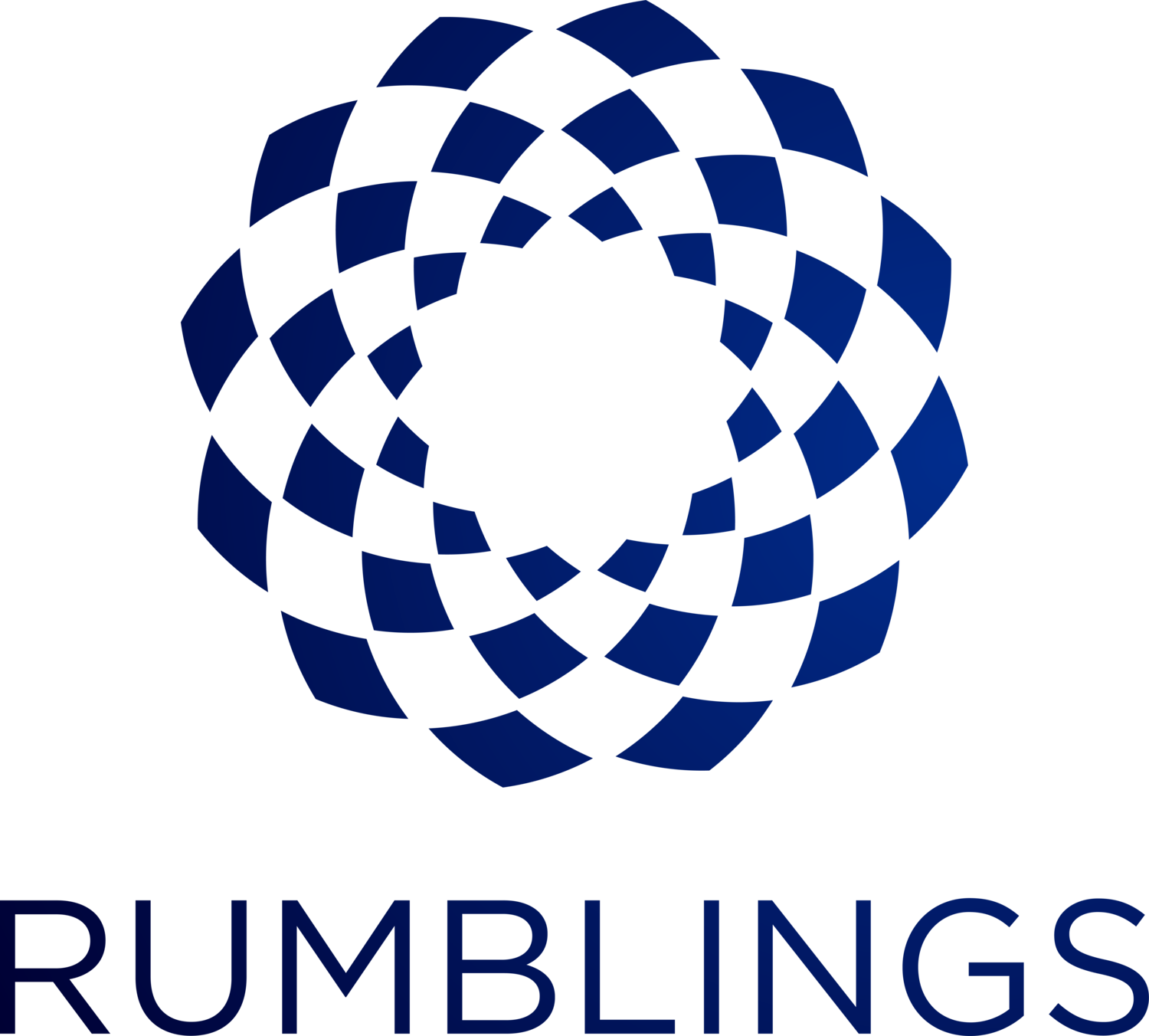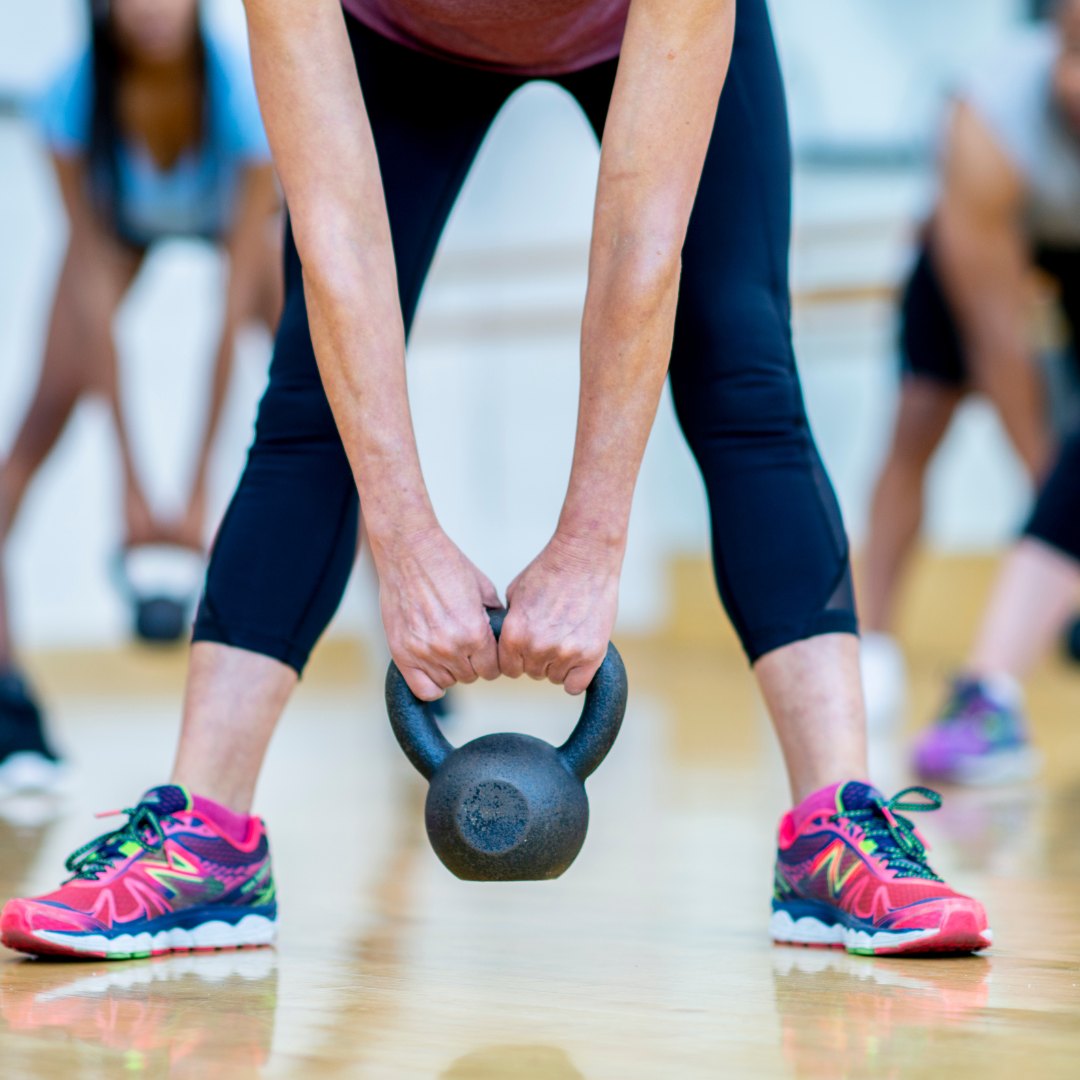Tips for Better Sleep
We all want to feel well rested and alert after a night’s sleep to face a day with joy and optimism, but few people realize that a poor night’s sleep is detrimental to our long-term mental and physical health.
Is intermittent fasting the key to aging well for midlife women?
You may have heard the buzz that intermittent fasting can help you lose weight easily and live longer. At the same time, you may also be questioning the validity of fasting for aging well and whether to try fasting yourself. We did a deep dive into the literature to help you decide whether intermittent fasting is for you.
Eleven Reasons Strength Training in Midlife Improves Health
Strength training is one of the cornerstone things women can do to improve their healthspan to live vibrantly and energetically for as long as possible. As we age, the body declines first, then disease begins. The best way to offset illness is to prevent the body from deteriorating. And the best way to do that is to maintain muscle mass.
Ditch Fad Diets: Become a Conscious and Intentional Eater in Midlife
Midlife weight gain is one of your biggest challenges, yet you don’t want to jump on another diet fad only to be disappointed again. So what do you do? Start with mindful and intuitive eating strategies to develop an awareness of the relationship between what and how much you eat and your body, feelings, mind, and their interconnectedness. It’s hard to focus on what to eat to live well and flourish unless you can first eat in a way that brings you joy, fills you up, and frees you from the black-and-white diet culture.
Why Physical Activity is Important as We Age
Physical Activity is one of the most important things we can do for our overall health. Research shows middle-aged and older adults spend an average of 8.5 to 10.5 hours a day sedentary. Use these easy tips to get more physical activity throughout the day.
What Women Can Do to Care for Heart Health After 50
After menopause women's heart disease risk increases. Yet, only 56 percent of women identify it as the greatest health problem facing them today. Learn key ways to take care of your heart after 50 from preventive cardiologist, Courtney Jordan Baechler.
12 Simple Makeup Tips for Midlife Women
Just like you refresh your wardrobe and update your style, you can use makeup and skincare to reflect your style and personality. Our friends Multi-Media Make-up Artists Amy Marie Reed and Carmelle Eickhoff provided 12 simple makeup tips for midlife women to adjust their routines to feel fresh and vibrant while living well from the inside out.
Can protein help women age well?
Eating adequate protein plays an essential role in preserving skeletal muscle as women age. Now is the time to assess your intake, review the quality, and look at how you distribute protein in your meals and snacks. Eating high-quality protein throughout the day along with resistance training will ensure you live well and flourish postmenopause.
Eat More Fruits and Vegetables: It’s Not as Difficult as You Think
No matter what eating pattern you follow fruits and vegetables are at the foundation of the recommendations. Eating more produce is a great place to start when trying to improve your eating habits. Increasing the number of servings you eat doesn't have to be hard. Check out these 8 simple tips to get started.
Is your favorite chocolate the best choice for your health? Find out 4 ways to check.
Is your favorite chocolate good for you? Studies suggest adults may experience health benefits from eating one or two squares of dark chocolate a day. Find out how to choose the healthiest chocolate to reap the health benefits.
Together We Live Well and Flourish After 50
Living well and flourishing after 50 is achievable! We're proving when women come together to learn, connect, and inspire one another we thrive. We're grateful to you for believing in this mission and committing to live your best life. Take a few moments this holiday season for you. Reflect, realign, and get ready to RUMBLE into 2022.
13 Ways to Transition to Autumn Using a Chinese Medicine Approach
The philosophy of Chinese medicine teaches us to live in reciprocal harmony with the natural world’s cycles to maximize our health and wellbeing.
As the last warm days of our late summer wind down and the busy Yang energy of summer recedes, the transition to autumn begins. The days are shorter, the sun sets earlier, and the mornings are cool and crisp. Observing nature in transition during the autumn season, we begin to prepare for more dormant days ahead. Leaves turn and begin their journey back to the earth. Fruits fall, seeds dry, and tree sap returns to the roots. The natural world is preparing for the cold, dark, and challenging months ahead. We, too, must make our preparations at this time. We stock up on colorful and still abundant fruits and vegetables, dry, preserve, and store foods, and rediscover our forgotten sweaters and wool socks—the summer Yang energy transitions to the slower, quiet, and introspective Yin energy during this time.
5 Lessons from A Fashion After 50 Event to Inspire Midlife Women
Over 200 midlife women attended a Rumblings’ Fashion Week MN event. It was an enormous undertaking and a departure from our previous events and outside our ‘self-defined expertise.
Planning the event and meeting new amazing women was fun and exciting. The immediate excitement of the event has ebbed. What hasn’t faded is the energy and new way of thinking and self-discovery from doing something different, a bit scary, but a lot of fun!
Aside from the new friends we met and all we learned about fashion, business, and ourselves, several takeaways will inspire us as we plan future events. We hope it will inspire you to continue to learn, connect, and empower other women so that we can all flourish in midlife.
Can understanding your Enneagram type help you age well?
Kate Ostrem created her business, 9 Open Doors, to share the wisdom of the Enneagram in a practical, down-to-earth way. She loves helping women better understand themselves and others. We wanted to know if learning more about our Enneagram types could help us on our journey to aging well, so we sat down with her for an interview.
25 Ways to Build Strong Loyal Friendships After 50
Social connections matter throughout your life, but especially in your 50s. Research has shown that strong relationships and personal connections help you live longer and bring joy to your life. Imagine the difference you can make in your own life and the lives of others by taking the first step to connect and build deeper relationships with these 25 fresh ideas.
14 Ways to Find Joy in Your Diet
As we enter the prime time of our lives, it's time to focus on joy and re-design our lives to live fully and authentically. Instead of a new diet for flourishing after 50, loosen the reins and seek joy in the experience of eating well without strict food rules. Use these 14 tips to bring joy back to eating.
The Key to Getting Fit After 50
What exactly is the difference between being physically active and exercising? Which is better for us for a sustainable lifestyle approach as we age?
Most of us have been told over the years that we need to participate in structured fitness programs - mainly cardiovascular or aerobic. For many, that means attending a class, getting on a cardio machine, running, or biking.
The truth is, physical activity and fitness aren’t all-or-nothing propositions. And doing one doesn’t negate the benefit of the other. The real trick is to find ways to incorporate physical activity throughout our day, every day, with or without a regular exercise routine.
Discover Eight Motivating Ideas to Help You to Move More and Sit Less During Midlife
As we age, we tend to get less and less physical activity and exercise. And, most of us know that exercising and being physically active has health benefits.
Research shows that adults who weren’t active until later in life - after 50 - have an almost equal reduction in risk for disease and early death than adults who were always active.
Continue your active lifestyle if you already have a routine, but remember it’s never too late to start being active or exercising. Making changes, no matter your age, can help add quality years to your life!
More Than 25 Ideas for Living Well and Making This the Best Summer Ever
Spring is here! The days are growing warmer, longer, the birds are singing, and nature is awakening after a very long winter. Many women have been telling us they are emotionally exhausted - the fatigue comes from caring too much for too long. They’re feeling burned out after the heaviness and struggles of this past year. We feel it too. Let’s appreciate all we’ve been through and all we have learned about ourselves. It’s all helped us grow. Let’s look to the future and plan more fun and festive activities to do TOGETHER with friends and loved ones!
Discover 5 New Techniques to Improve Your Mind-Body Connection to Live Well After 50
For many of us, reaching 50 was the moment we asked if there was more to life or wondered if we had a purpose beyond family and work. It's not that we don't love our children, careers, or our families. We have a rumbling that there might be more for us individually in the next half of life. We can use practical tips, tools, and techniques to rethink our rhythm for living well after 50 and managing messy, midlife transitions.
Don’t miss a blog post - sign up for the Rumblings emails to receive posts delivered straight to you email inbox!




















